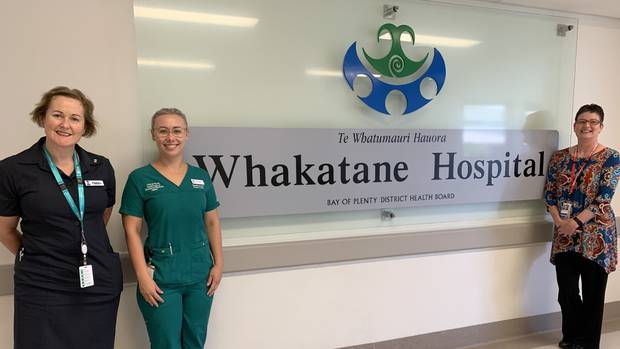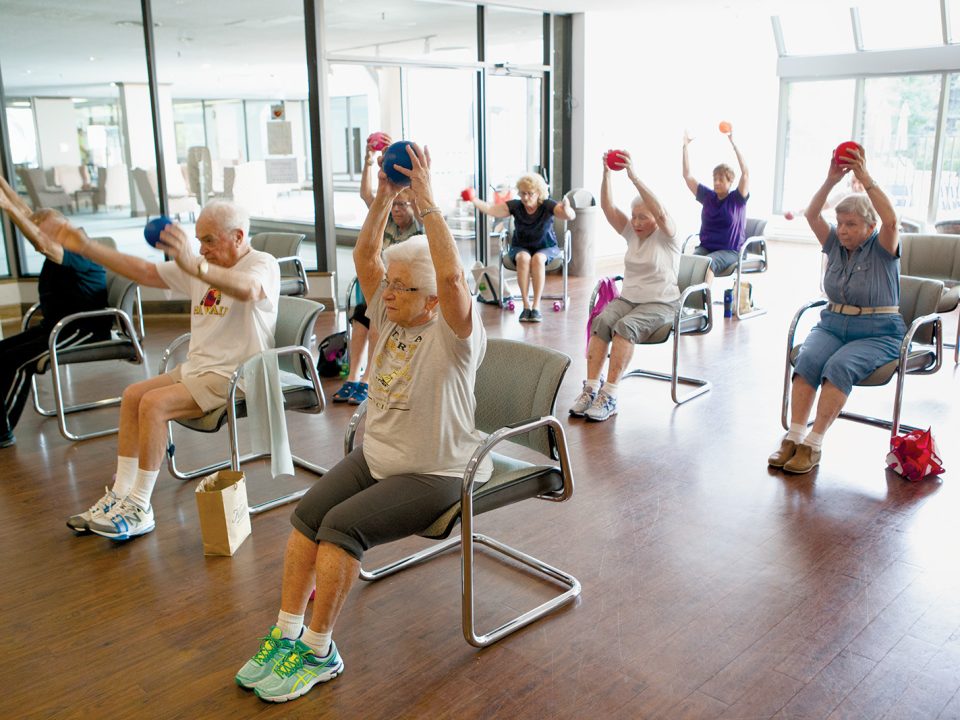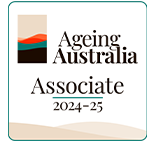
Amazing Nurses from Australia & New Zealand travelled to Whakatāne Hospital to help after the Whakaari eruption
January 13, 2020
Nursing may be the only aspect of the health-care profession in which machines will not replace human beings
January 23, 2020Chief nurse from the World Health Organisation calls on world to invest in nursing

Chief nurse from the World Health Organisation calls on world to invest in nursing
The next 12 months represent a major opportunity to break down barriers preventing nurses in all corners of the globe from working to their full potential, according to the world’s most senior nurse.
World Health Organization (WHO) chief nursing officer Elizabeth Iro said this year was also a chance to push for political action to head off a global shortage of nurses predicted to reach nine million by 2030.
The WHO’s chief nurse laid out these ambitions to Nursing Times to mark the start of the first ever International Year of the Nurse and the Midwife.
Its overarching aim is for countries to recognise that “investing more in the nursing and midwifery workforce” is the only way they can achieve universal health coverage – in which everyone has access to quality and affordable healthcare services that they need.
Ms Iro indicated that a “transformation” was happening at the WHO itself that had given rise to an unprecedented and long-overdue recognition for the contribution and value of nurses and midwives, and had allowed the professions an important worldwide platform for the next 12 months.
She was appointed as the WHO’s chief nursing officer in 2017, following a seven-year absence of the post in the organisation, which is an agency of the United Nations.
In appointing her, WHO director-general Dr Tedros Adhanom Ghebreyesus – a vocal supporter of nursing – fulfilled a personal commitment to hire a nurse to his senior leadership team.
The recreation of the role has already born fruit, with the WHO dedicating 2020 to nurses and midwives to coincide with the 200th anniversary of the birth of nursing pioneer Florence Nightingale.
In her first interview with Nursing Times, Ms Iro said the coming year would be used by the WHO to both celebrate nurses and midwives and to also look at the key challenges facing them and how they could be addressed.
She noted that one of the most pressing issues everywhere, and which is due to take centre stage during 2020, is the workforce crisis. The focus on nursing this year offered “leverage” for investment, she said.
As well as there being too few nurses around the world, she highlighted that the practice of many was currently restricted and they were unable to use all the skills they were trained in, and this was something she wanted to see change off the back of the opportunity provided by this year.
“We are really quite mindful that nurses and midwives are not really utilised in the full scope of their license in some countries,” she noted. “This is definitely another time to highlight that and to provide the full scope of practice that could be better utilised by countries in terms of the nursing and midwifery roles and the diversity of the roles that they actually have.”
There was much to gain for all through empowering nurses to work to the boundaries of their registration, highlighted Ms Iro, citing examples such as cost efficiency for providers, increased patient satisfaction and nurses being generally happier with the work they were doing, as a result.
“If they are enabled to practise according to the scope and they are provided the resources to do so…this has benefit for the patients, for the community as well as for the country,” said Ms Iro, who is a trained nurse and midwife.
She told Nursing Times she also hoped the initiative could be used to tackle wider issues around gender inequality, discrimination and stereotyping in nursing.
Ms Iro has already broken down barriers herself. Prior to joining the WHO, she was health secretary in her native Cook Islands, the first nurse and the first woman in her country to hold the post.
“It is exciting in the sense that the nursing and midwifery profession is predominantly female in the health workforce, so it is also an opportunity to address gender equality in the health sector and address some of the gender discrimination and biases towards the nursing workforce,” she said.
While the profession is dominated numerically by women around the world, evidence suggests that men are over-represented in the most senior nursing posts, including in the NHS.
However, while such inequality needed to be tackled, Ms Iro also referred to the potential of the year of the nurse initiative to boost recruitment among men.
“It is also is an opportunity to encourage our male population to consider careers in nursing and midwifery,” she said.
Among the WHO’s aims for 2020 is to realign the public perception of nursing to something much closer to reality by stamping out misconceptions about what it is a nurse does, what they look like and the settings they work in.
The groundwork to this ambition has already been laid by the Nursing Now initiative – a three-year campaign backed by WHO and run by the International Council of Nurses to improve health globally, by raising the status and profile of nurses. The campaign is due to conclude at the end of 2020.
Meanwhile, key milestone over the next 12 months will be the compiling of the WHO’s State of the World’s Nursing report, which is scheduled to be published on 7 April. A similar report is also due on midwifery.
For the first time, data and information on nursing including on workforce, education provision and regulations broken down by regions and countries will be presented.
Ms Iro said at a global level this would help leaders gain an understanding of common issues for nursing across the world and also what support countries may be in need of and in what areas.
For government decision-makers, she said the report would help them set their own priorities for future investment and focus, and how WHO and its partners could help them to deliver that.
Ms Iro described the report as “one of the exciting things coming out” during 2020, noting that it would show “what actually is the nursing world looking like”.
“We will be able to say what nursing is like per country, per region and globally… and countries can set their targets as to what it is they want [and] what their priorities are,” she said. “It may not be about the numbers, it may be about the quality.”
She added that the WHO would be aiming to engage with national nursing and midwifery leaders on the findings of the report and what it meant for them and their countries.
“This is where I think this global network can support, in terms of the policy shifts that are needed,” she said.
The inaugural WHO report on nursing would create a “foundation” that could be built on, said Ms Iro, adding that it was anticipated it would be repeated globally on a five-yearly cycle to monitor progress.
However, she hoped the publication would act as a catalyst to encourage country leaders to continue to update their own statistics and “strengthen” their data collection processes.
For higher income countries, such as the UK, where nursing was more advanced, Ms Iro said there would be an opportunity to share good practice to help elevate the profession in other countries. She gave an example of prescribing rights for nurses, which are in place in some states but not others.
“This is what the year is going to be highlighting – what are some of these good practices that exist and how can we transfer some of those good practices to other colleagues in another country,” she said. “This is the opportunity that’s being provided as a part of this year of the nurse and the midwife.
“There are countries that have nurses who don’t yet prescribe and so it would be really good to see how can they be supported in terms of regulations to make this happen, practice to make this happen, and education to make this happen; within the context that they work in.”
While avoiding a shortage of nine million nurses and midwives was the ultimate goal, Ms Iro said a big push of the year would be around ensuring practitioners were of the highest quality to deliver safe and effective patient care.
“We have the opportunity to highlight the fact that it’s not just about the quantity and the number of nurses that we want, but we also want quality,” she said.
“This is about quality education, having the quality regulations in place and having employment conditions that enable a nurse to work and be safe in the place that she’s working in. We have opportunities to just shift that.”
In terms of measuring the success of the initiative, Ms Iro said indicators would be around increases in the number of staff training and graduating, changes in terms of regulation and high engagement of nurses and midwives in policy making.
Although she noted that it may take a few years before the full impact of the initiative was known.
Ultimately, those behind the year of the year are motivated by a recognition that without nurses and midwives being in the right places at the right time, with the right skills and in the right numbers, the ambition to achieve universal health coverage will never be met.
Ms Iro said: “This year; it’s really not just about celebration or recognition of the work and the contributions that nurses and midwives to date make towards meeting their health targets and health for all.
“This is also the important time for getting our partners and governments to make part of their priorities investment in nurses and midwives globally to grow their numbers,” she added.
This article was originally published on the Nursing Times on 6/1/2020 by Gemma Mitchell.










